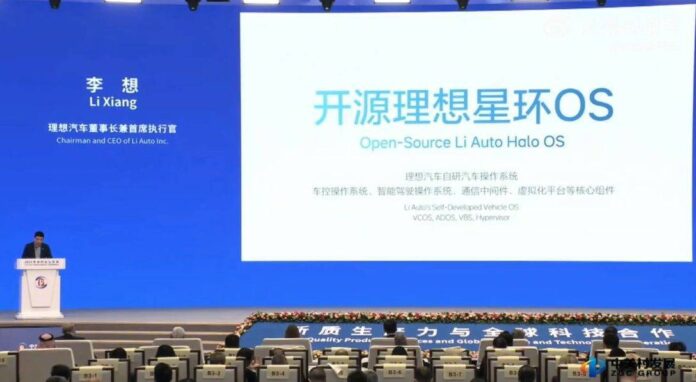Li Auto has officially announced the open-sourcing of its self-developed Halo OS vehicle operating system. The announcement by founder and CEO Li Xiang at the 2025 Zhongguancun Forum in Beijing on March 27 positions Li Auto as the first global automaker to make its comprehensive vehicle operating system freely available to the broader industry.
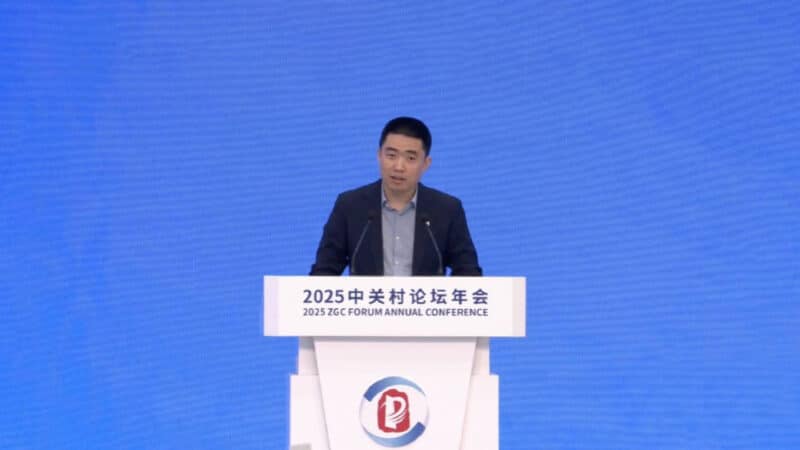
“We’re willing to push vehicle operating systems to new performance heights through open-source,” Li stated during his presentation. “Open-sourcing isn’t just about providing developers worldwide with a new technical platform and development tools—it’s about opening up our value system. Behind open-source is our confidence in our technology and humanity’s ability to build an ‘innovation community.’ We understand that closed systems can only amplify coefficients, but open-source can amplify the base.”
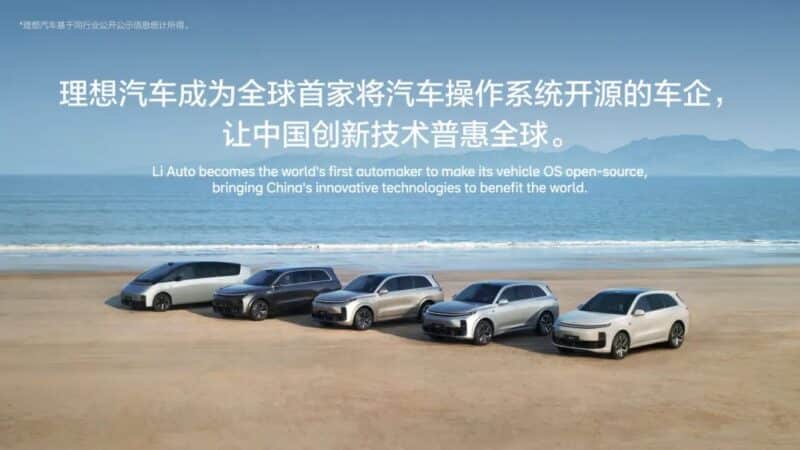
The Halo OS project began in 2021 as a direct response to the global chip shortage and challenges of adapting closed-source systems to new hardware. Li Auto invested over one billion yuan (138 million USD) and deployed a 200-person development team to create the system, which entered production vehicles in 2024.
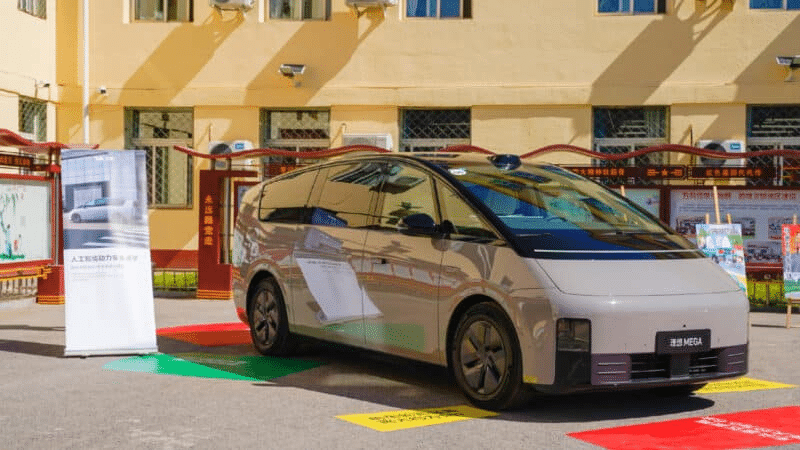
Li Auto says Halo OS significantly outperforms industry-leading closed-source AUTOSAR systems across key metrics, including core performance, security, cost efficiency, adaptability, and flexibility. Through innovative cross-system architectural design, Halo OS optimizes the entire “perception-decision-execution” chain, doubling response speed and improving response stability by a factor of five compared to AUTOSAR systems.
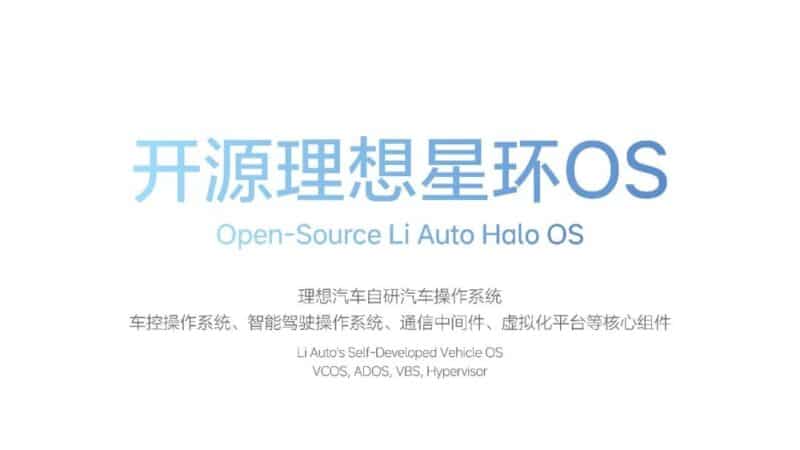
These performance advantages translate to tangible safety benefits, such as reducing automatic emergency braking (AEB) stopping distances by seven meters at 120 km/h highway speeds. The system also enhances Li Auto’s air suspension system by improving body posture control precision by 73% through intelligent coordination between cameras, central processing units, and the suspension system.
Regarding hardware compatibility, Halo OS dramatically reduces the time required to adapt to new chipsets. While closed-source systems typically require 3-6 months to adjust to new chips, Halo OS can complete chip adaptation and verification in four weeks. The system supports all automotive chip architectures, including Infineon and Nvidia, and emerging Chinese chips from Horizon Robotics and SemiDrive.
“Currently, there is no vehicle-oriented operating system in the open-source ecosystem that spans the horizontal domains of cockpit, intelligent driving, and chassis, as well as the vertical layers of applications, systems, and hardware,” explained Huang Zhen, Li Auto’s vehicle operating system architecture lead. “The technical barriers are extremely high.”
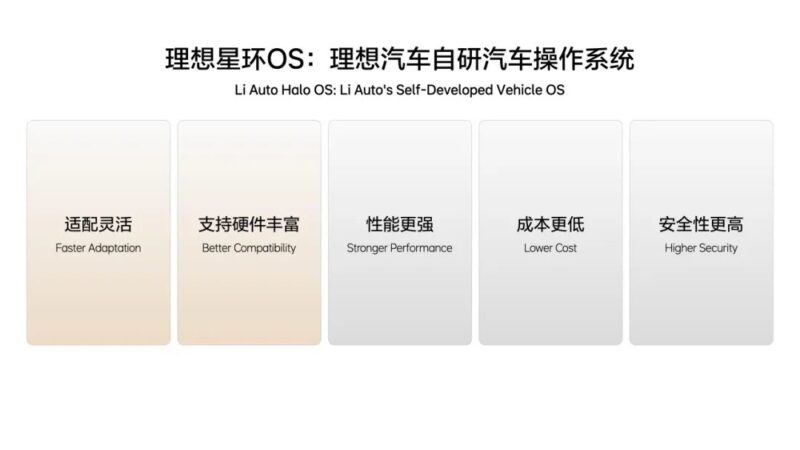
Li Auto’s move comes as the company accelerates its AI development. It recently rolled out end-to-end vision language models for intelligent driving and plans to release its next-generation autonomous driving architecture, MindVLA robot large model, later this year. Halo OS is designed to serve as the technical foundation for these advanced AI applications, effectively addressing the core conflict between computing power demands and supply.
The company plans to gradually release Halo OS to the open-source community in late April. Its core components include the vehicle control operating system, intelligent driving operating system, communication middleware, and virtualization platform. Li Auto estimates that open-sourcing these technologies could help the automotive industry save 10-20 billion yuan ($1.4-2.8 billion USD) annually in redundant research and development resources.
By making Halo OS open-source, Li Auto aims to break down the “black box” technical barriers of closed systems and reconstruct the technological monopoly landscape currently dominated by international suppliers. The company’s vision parallels how Android transformed the mobile phone industry, creating a universal platform that accelerated innovation and reduced costs across the ecosystem.
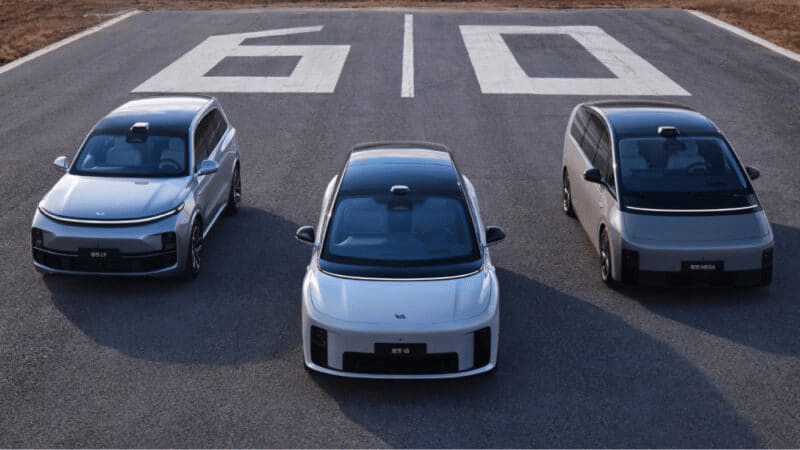
As vehicles become increasingly software-defined, Li Auto’s bold move positions the Chinese automaker at the forefront of automotive operating system development. It potentially creates an “Android of cars” that could become the foundation for intelligent vehicles worldwide in the coming AI era.
